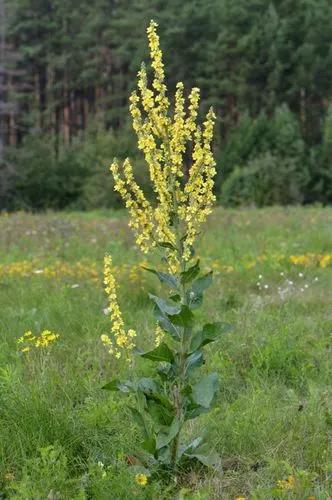Salvia farinacea, the mealycup sage, or mealy sage, is a herbaceous perennial native to Nuevo León, Mexico and parts of the United States. In the temperate latitudes, it is cultivated as an annual and used as an ornamental plant in parks and gardens.
Mealycup sage Care
Salvia farinacea



Mealycup sage gets its common name from the powdery meal, or dust, that covers the cup-shaped flowers. As a salvia plant, it comes from a genus of plants known for its "saving" or healing properties, sharing qualities, like its soft, fuzzy flower spikes and fragrant foliage, with other members of the sage family. The leaves of mealycup sage are not fuzzy or thick like many other sage plants. Instead, they are elongated and slightly serrated with a hint of gray to the underside. The flowers originate from multiple stems clustered alongside study spikes. While plant size varies by variety, most grow to about 2 to 3 feet tall by 8 to 12 inches wide.
How to Care for the Plant

Water

In areas where the plant is a perennial, regular watering is necessary. In cooler zones, provide water at installation and then deep, infrequent watering. Plants become leggy in boggy soil.

Fertilizer

Add compost or other organic amendment when planting. After that, in nutrient-rich soil, there is no need to fertilize this variety of sage at all. However, if your soil needs amendments from the get-go, a mid-summer fertilizer will prolong the plants display.

Sunlight

This plant requires full or partial sun.

Soil

Grow in average, evenly moist, well-drained soils. However, it adapts well to nearly all types of soils (including heavy clay and sandy soils).

Temperature

The plant can be grown as a perennial in the areas with the lowest winter temperatures of between 10°F and 20°F or -12.2°C and -6.7°C. In colder regions, it can be grown as an annual.

Popularity

4,934 people already have this plant 662 people have added this plant to their wishlists
Discover more plants with the list below
Popular articles






